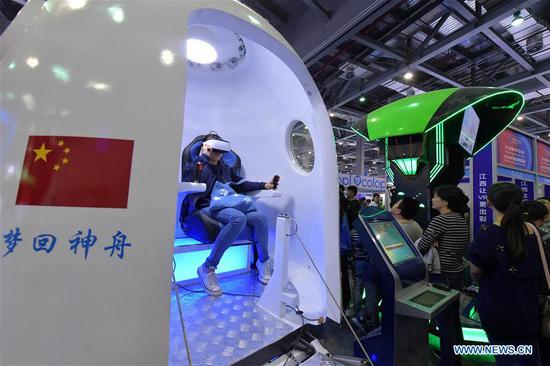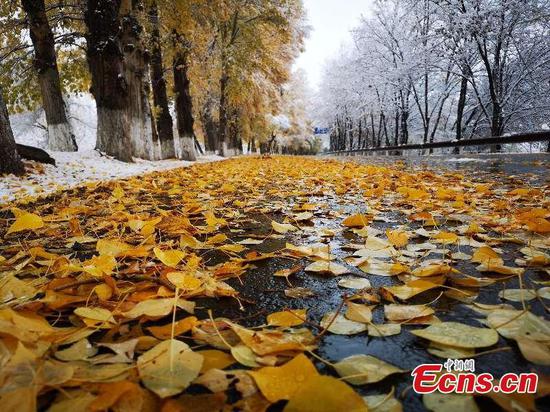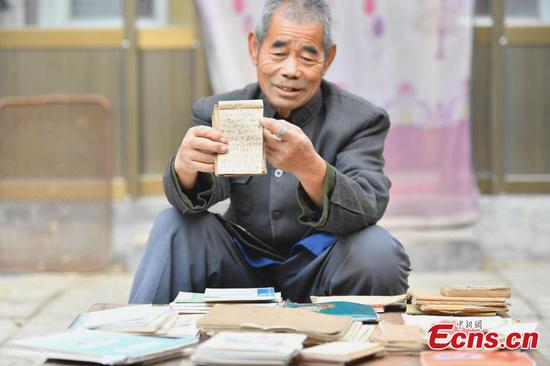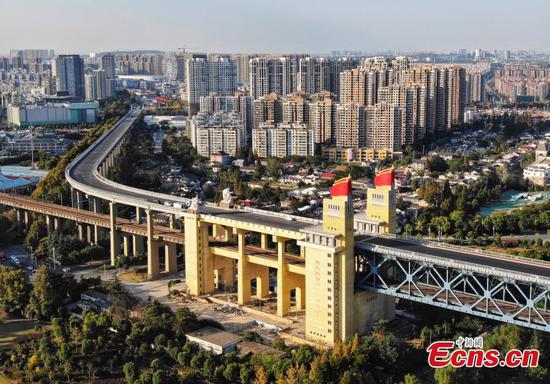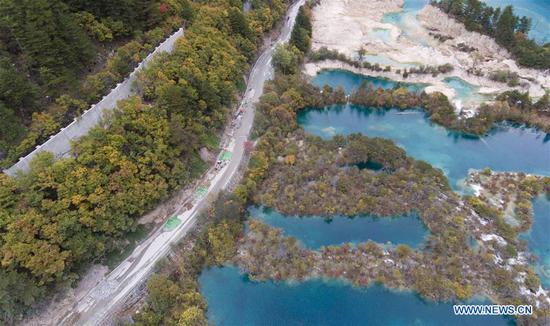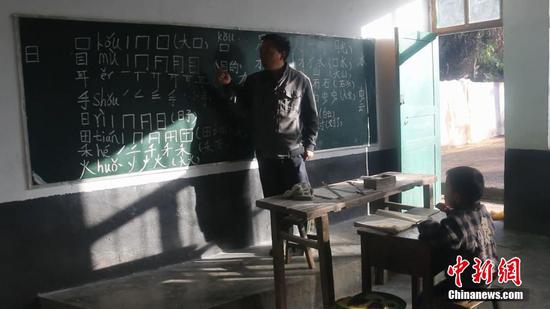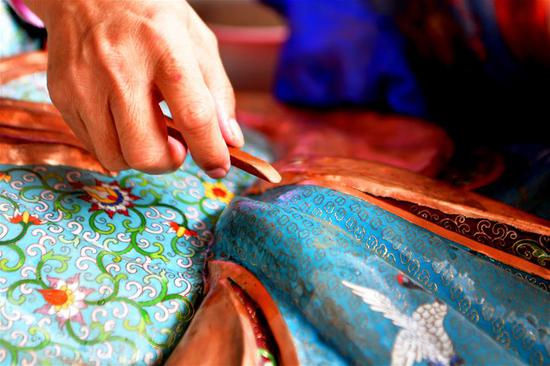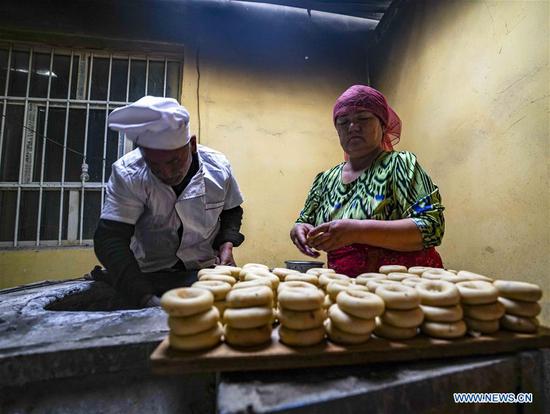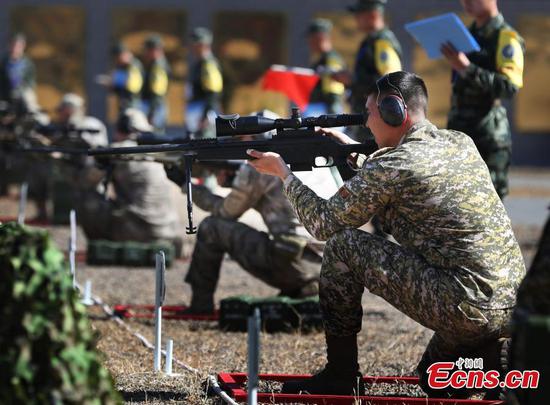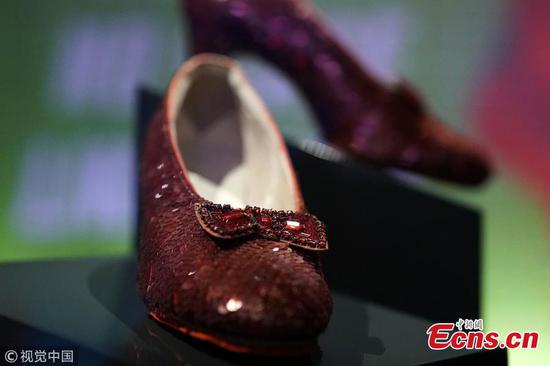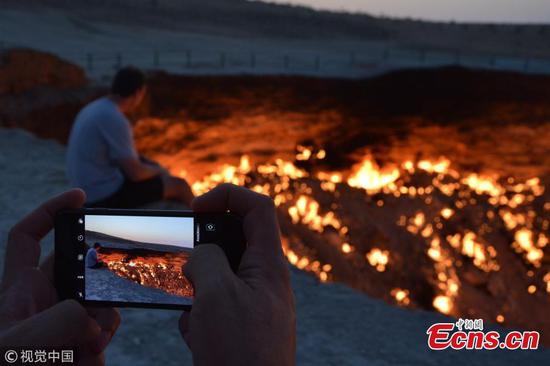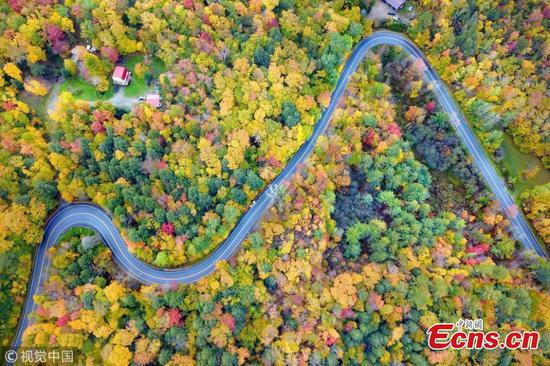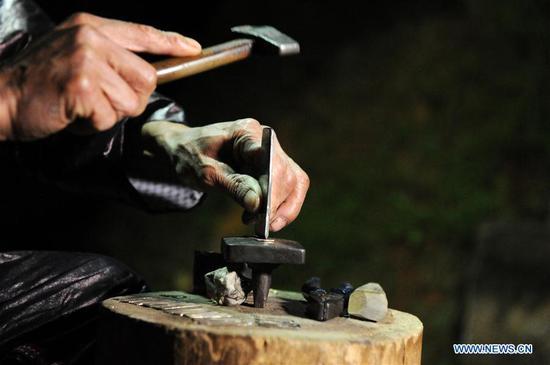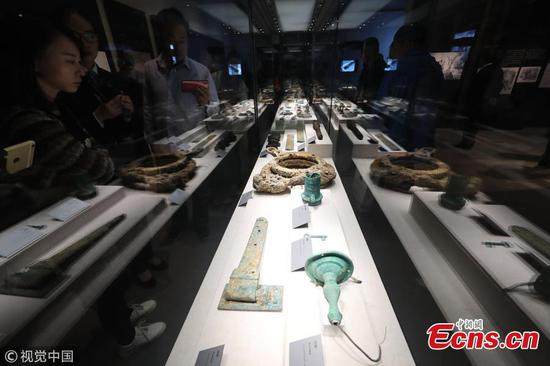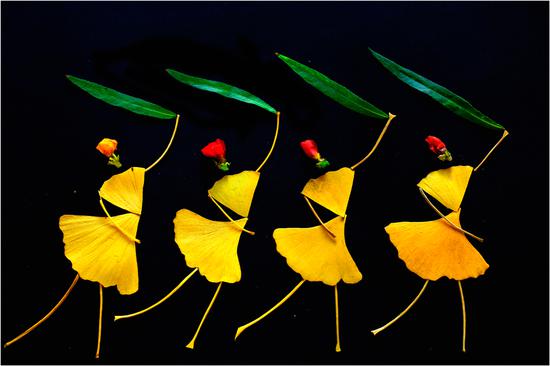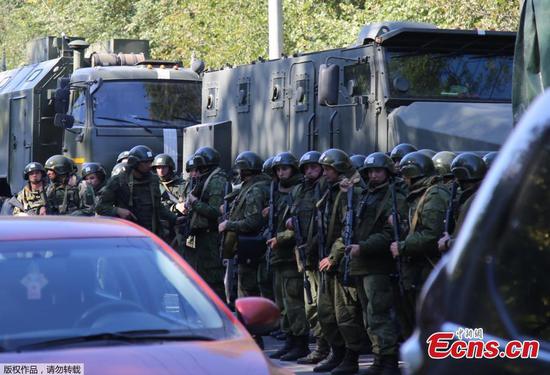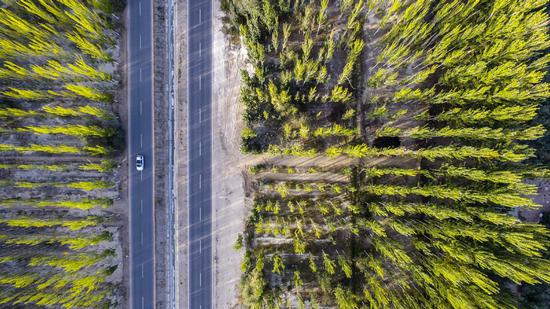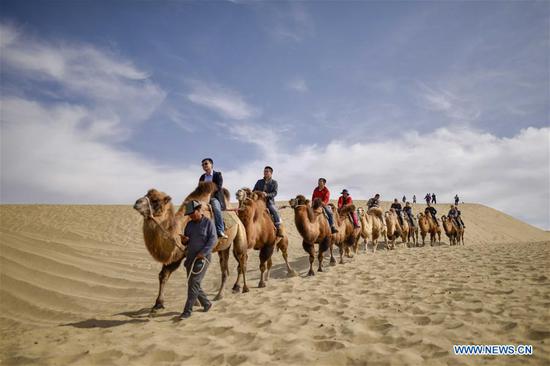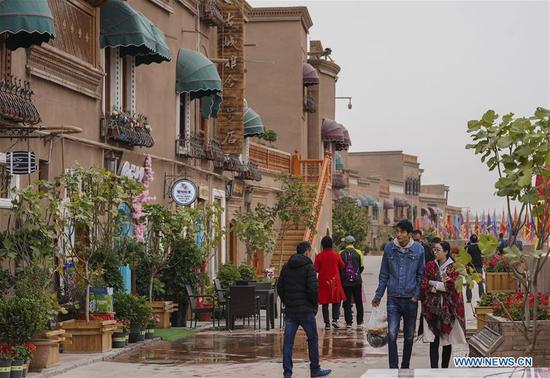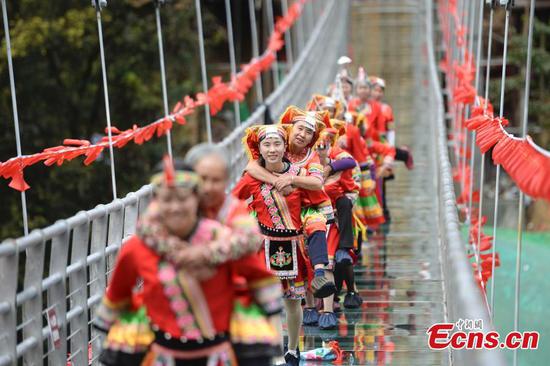A train is running through the Silk Road and at the end of the route lies harmony and peace. A group of countries are like carriages following the locomotive formed by both culture and economy.
The metaphor was brought up by Isa Habibbayli, vice-president of Azerbaijan National Academy of Sciences.
He was addressing a panel at the fifth annual conference of the Taihu World Cultural Forum, which concluded in Beijing on Friday.
Experts from Asia, Africa and Europe attended the panel to discuss the new cultural bridge that the Belt and Road Initiative has created to link nations and civilizations.
Chogjin, director of the Institute of Ethnic Literature of the Chinese Academy of Social Sciences and a panel moderator, said while what often makes the news are economic benefits, cultural influences are more enduring and should also be emphasized. Chogjin, a Chinese of Mongolian ethnicity, uses a single name.
Habibbayli said China has introduced a fusion of economics and culture to promote the mutual development of all countries.
"Different countries can integrate various demands onto the train that Habibbayli has mentioned. It's a positive future prospect," said Chogjin.
The ancient Silk Road, which extended from China to as far as Europe and Africa, made possible a boom in trade and cultural exchanges. Today, people are still exploring the legacy and rediscovering its value, experts said.
Scholars from China, Armenia, Azerbaijan and Kazakhstan, key points along the ancient Silk Road, traced their long history of economic and cultural exchanges.
Gohar Vardumyan, a researcher at the Institute of History of Armenia's National Academy of Sciences, pointed out the connections and phonetic similarities in languages of the civilizations as a legacy of historical exchanges.
Wang Siming, a professor at Nanjing Agricultural University, said Chinese rice, soybeans, silk and tea were spread around the world and at least 120 kinds of crops were introduced to China.
Duan Yu, a history professor at Sichuan Normal University, said trade along the southern route of the ancient Silk Road, which started at Chengdu, Sichuan province, and ran through Yunnan province to South and Southeast Asia, was prosperous but not so well-known. It promoted exchanges with Southeast Asian civilizations. Cultural exchanges simultaneously develop with political and business trust through the region, Duan said.
Essam Sharaf, former prime minister of Egypt, said restoring history is an efficient way to promote the Belt and Road Initiative, considering that Egypt and China, among the world's oldest civilizations, have a long history of trade, cultural interchanges and person-to-person exchanges.
People should be more patient when dealing with differences during cultural exchanges because importance comes along with difficulties, he said.
Charles Onunaiju, director of Center for China Studies in Abuja, Nigeria, said the distance between Nigeria and China should not be a barrier to cooperation and communication. He suggested mobilizing all kinds of resources to improve communications.









